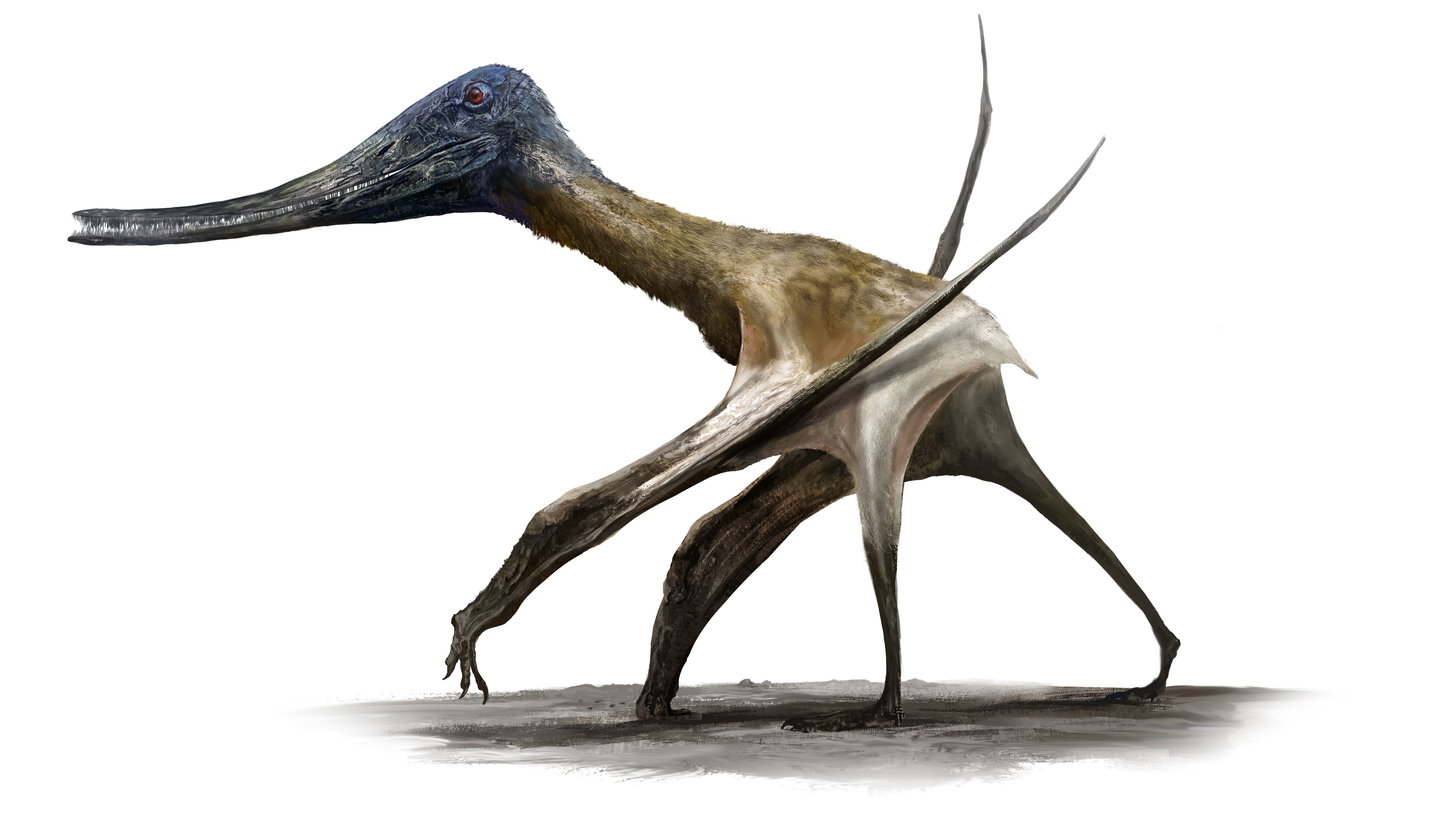Ancient tracks reveal that many pterosaurs were just as comfortable walking on the ground as they were flying through the skies during the age of dinosaurs, a new study finds.
Pterosaurs, informally called “pterodactyls,” were flying reptiles that ruled the skies when dinosaurs dominated the land. However, new research has discovered that pterosaurs diversified during the middle of the Jurassic period (201 million to 145 million years ago) and evolved to walk more effectively on four limbs, using their hands and feet.
The findings were published May 1 in the journal Current Biology, and support decades-old evidence from the fossil record. Researchers also matched previously unidentified tracks to specific pterosaur groups, offering a new window into their lives.
“Footprints offer a unique opportunity to study pterosaurs in their natural environment,” study lead author Robert Smyth, a doctoral researcher at the University of Leicester in the U.K., said in a statement. “They reveal not only where these creatures lived and how they moved, but also offer clues about their behaviour and daily activities in ecosystems that have long since vanished.”
Related: ‘Sexy’ pterosaur tail should have been nightmare for flying. How did it work?
Many pterosaur studies have focused on their flight and feeding. However, researchers have uncovered many fossilized pterosaur tracks in recent decades, which represent a unique and untapped resource, according to the study.
The problem with pterosaur tracks — or any other extinct animal tracks — is that it’s difficult for researchers to know which species or group left them behind. Fossilization is rare, and researchers typically don’t find bones and tracks alongside each other, which fossilize under different conditions.
For the new study, researchers created 3D models of pterosaur tracks and compared them with different pterosaur skeletons. They identified three distinct pterosaur track types and linked them to three known groups: ctenochasmatoids, dsungaripterids and neoazhdarchians. The neoazhdarchian group included Quetzalcoatlus northropi, one of the largest pterosaurs — and largest flying animals — to ever live.
They used this analysis to show that neoazhdarchian footprints were present in coastal and inland regions, suggesting that the animal was often on the ground, living in the same environments as dinosaurs, according to the statement.
